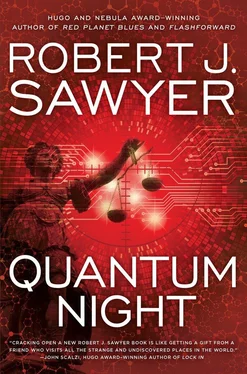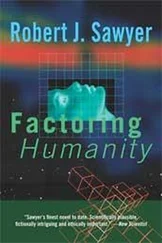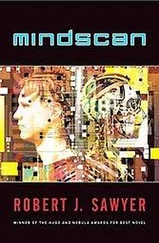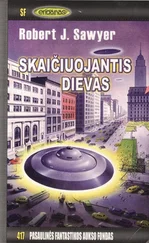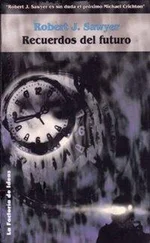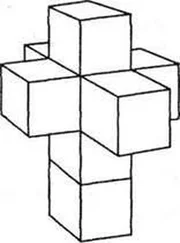Kayla got home from work at 7:10 P.M.; she’d picked up Ryan on the way here. “Have you been following the news?” I asked, gathering them in a hug.
“Oh, yes,” Kayla said.
I’d muted the sound on the living-room monitor when I’d heard the front door opening, but Vladimir Putin was on the screen. At the best of times, he had a dour countenance. Today he looked positively livid although, given that his government had annexed Crimea—home to many a Marchuk—back in 2014, he apparently only waxed apoplectic when someone else mounted an invasion.
“He’s got to be a psychopath, too, you know,” said Kayla, tilting her head at the screen.
It seemed almost superfluous to check, but as Kayla took Ryan upstairs to get cleaned up, I dropped a note to my online benefactor from yesterday, who was as accommodating and expeditious as before. He said there was no doubt among those who tracked such things that the Russian president had had a raft of cosmetic operations, including a nose job, cheek fillers, and at least one facelift, not to mention an ongoing regimen of Botox injections; I was soon downloading high-resolution footage to my laptop that purported to show telltale signs of these procedures.
The video, which seemed to be of Putin enduring a long question from some journalist who doubtless shortly thereafter had received a one-way ticket to the Gulag, contained a solid twelve seconds of the president’s full-on disdainful stare. Just as Kayla had opined, my software confirmed that Vladimir Putin was indeed a psychopath. I shared this news as she came back downstairs; Ryan had stayed up in her room.
Kayla nodded. “Which means,” she said, a quaver in her voice, “he’s not likely to back down.”
“Neither is Carroway,” I said. “It’s like how it was with your brother Travis—extreme sports, right? The rush of adrenaline? You think snowboarding is a kick, imagine nuclear brinksmanship with trillions of dollars’ worth of weapons at your command.” I shook my head. “Those two pricks are loving this.”
We watched the muted images for a time—intercuts between Carroway and Putin, back and forth, thrust and parry. “Somebody has to stop them,” Kayla said at last.
“Yes,” I replied softly—so softly that she asked me to repeat myself. “Yes,” I said again, boosting my outer voice to match my inner one, “somebody does.”
Kayla and I stayed up late, trying to make sense of it all. We talked about politics, and what being Canadian meant to us, about whether Canada had already really been nothing more than an American appendage anyway, about whether this was of a piece with previous American foreign policy or something wholly new and unprecedented. But, really, in the end, the fact that there were now American boots tamping down Canadian soil mattered much less than that the Russians and the Americans, each led by a psychopath, were flinging invective at each other today and might be hurling missiles across Canada tomorrow.
My grandfather, while doing what he’d done at Sobibor, had seen a world war up close; my father had often spoken of the fear of nuclear apocalypse that had put a pall over everything in the 1950s and 1960s. Ghosts were not resting easily tonight.
“Okay,” I said to Kayla, facing her on the couch, “here’s a question: why can’t we just have someone surge in with the quantum tuning fork and give President Carroway a boost from his current state as a psychopathic Q2 into a quick? Give him a conscience; problem solved.”
She frowned. “Because the tuning fork doesn’t work on already conscious individuals; it only works on totally unconscious people who are in the classical-physics state. You know that.”
“Right. But why?”
“I told you why. Because the aggregate mass of humanity—all the Q1s, all the Q2s, and all the Q3s—are quantally entangled; they collectively form one quantum system.”
“Yes. So?”
She sounded pissed at what she took to be me being deliberately obtuse. “So the entanglement inertia keeps things from changing. The tuning fork tries to alter the mind of a specific person, but that person has to move in lockstep with seven billion others.”
“And the tuning fork is puny, right?” I said. “It doesn’t put out enough juice against all that. Oh, sure, the fork can put someone into superposition if they aren’t there already. But to change someone who is currently in quantum superposition would require changing everyone’s state, right?”
“Yes, that’s what the simulations show. And there’s no way the tuning fork could do that. Damn thing runs on double-A batteries, for crying out loud.”
“Exactly. But if you had a more powerful tuning fork?”
“Well, you’d need a hell of a—oh.” She lifted her eyebrows. “The synchrotron?”
“Yes,” I said. “The synchrotron. The Canadian Light Source. How powerful is it again?”
“Almost three gigaelectronvolts.”
“Which is, like, a lot, right?”
“Yes,” she said softly.
“And what did you call it? ‘The Swiss Army knife of particle accelerators,’ with all those parameters you can adjust, right? Could it do what the quantum tuning fork does, but on a scale—what?—eight orders of magnitude larger? Affecting billions of people instead of just one?”
“Nine,” said Kayla automatically, but then she frowned, considering this—and, at last, she nodded. “Yes, yes, I think it could. Vic would know for sure—she’s the synchrotron specialist, not me—but from what she told me about how the quantum tuning fork works, yeah, you could emulate it with the synchrotron, and, yes, I guess you could scale it up to that level.”
“There!” I said, triumphantly. “You could engineer a massive shift.”
She snorted. “Well, you’d certainly get ‘Capgras syndrome’ trending on Twitter.” Capgras was a rare psychological condition in which people became convinced that some of their closest friends or family members had been replaced by soulless duplicates.
“I’m serious,” I said. “We could shift everyone.”
She narrowed her gaze. “But why?”
“What have I been saying all along? Utilitarianism. The greatest good for the greatest number. The needs of the many outweigh the needs of the few—or the one.”
“Christ’s sake, this is no time for Star Trek.”
I looked at her like she’d lost her mind. “It’s no time for crappy Star Trek,” I replied. “Star Trek III: The Search for Spock, that was a piece of shit. Kirk says in it, ‘The needs of the one’—by which he means Spock—‘outweigh the needs of the many.’ But The Wrath of Khan —or, as we philosophers like to call it, The Wrath of Kant —is a classic. And it got the utilitarian formulation exactly right: the needs of the many do outweigh the needs of the few.”
“Jim, I know you really believe that, but—”
“Sam Harris says morality is about the flourishing of conscious beings. And the fact is that, right now, four billion human beings aren’t conscious, not in the way you and I understand the term; Q1s have no inner lives. Only the Q2s and Q3s do, and together they make up only three out of seven billion people. But imagine if we used the synchrotron to actually boost someone one state—in the process dragging the rest of humanity along with him or her. Those four billion Q1s would be goosed up to being Q2s, and the two billion people who were Q2s—including Carroway and Putin—would rise up to being Q3.”
Kayla looked aghast. “Are you out of your mind?”
“We’d be doubling the total number of conscious humans—from three billion to six.”
Читать дальше
